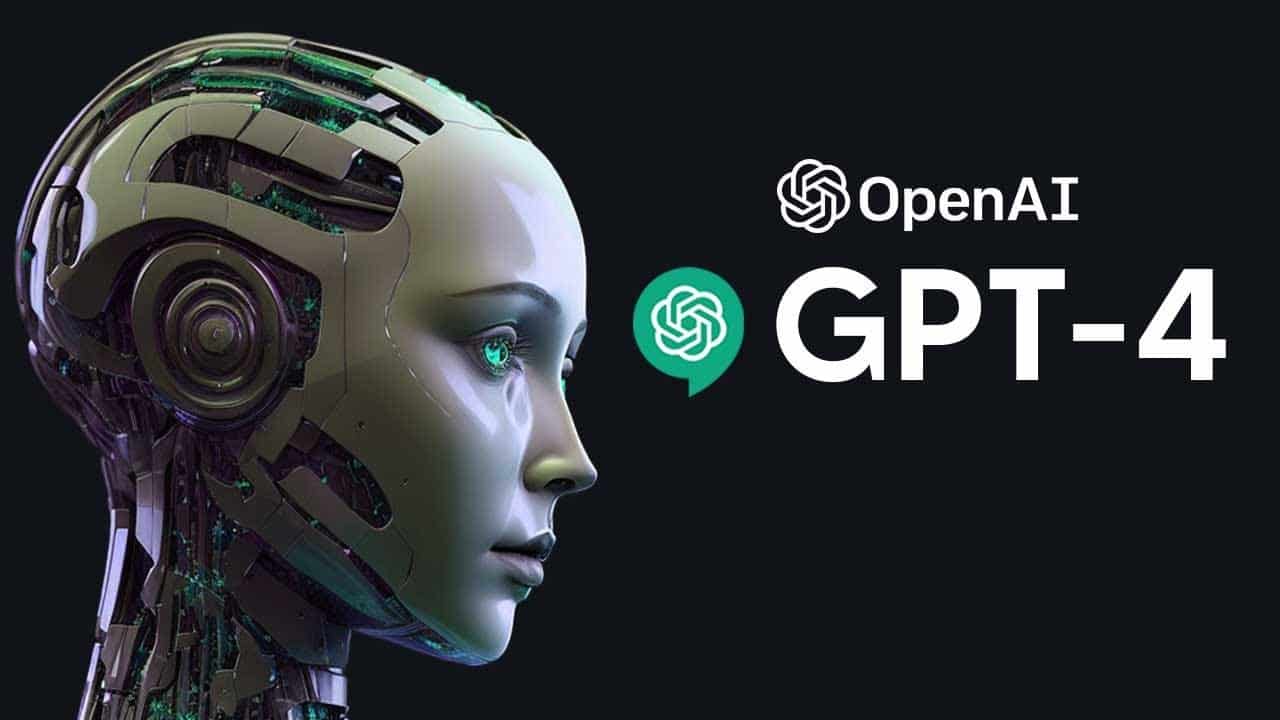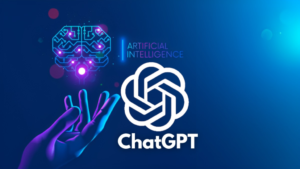Chat GPT-4 is a theoretical successor to OpenAI’s GPT-3 language model, which stands as one of the largest and most advanced language models in existence. As of my last knowledge update in September 2021, there has been no official announcement or confirmation regarding the development of GPT-4. However, it is not unreasonable to expect OpenAI to continue advancing their technology in the future.
A language model is a form of artificial intelligence trained on extensive volumes of text data to grasp and generate human-like language. GPT-3 presently leads the field, boasting 175 billion parameters and the ability to produce highly coherent and lifelike text across a wide array of styles and formats.
Should GPT-4 come into being, it would likely surpass GPT-3 in power and capability, featuring even more parameters and the potential to tackle even more intricate tasks. Nevertheless, creating such a model would necessitate immense computing power, data resources, and research, and it remains uncertain if or when it might materialize.
In terms of the impact of such a language model, it is challenging to precisely foresee its implications for the realms of artificial intelligence and natural language processing. However, it is probable that it would open the door to even more sophisticated applications, including highly advanced chatbots, automated content creation, and natural language interfaces for complex tasks.
The advent of GPT-3 has already carried substantial implications for the field of natural language processing, showcasing the potential for exceedingly sophisticated language models to excel in a broad spectrum of tasks with remarkable precision and fluency. As technology progresses, it is likely that language models will assume an increasingly pivotal role across numerous industries and applications, spanning from customer service to content generation to scientific inquiry.
In conclusion, while there is presently no formal confirmation of GPT-4’s development, it is rational to anticipate that both OpenAI and other enterprises will persist in pushing the boundaries of natural language processing and artificial intelligence in the years ahead. The advancement of progressively sophisticated language models has already left a profound mark on many industries, and this trajectory is likely to persist as technology continues its evolution.



